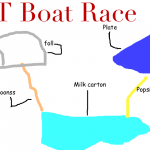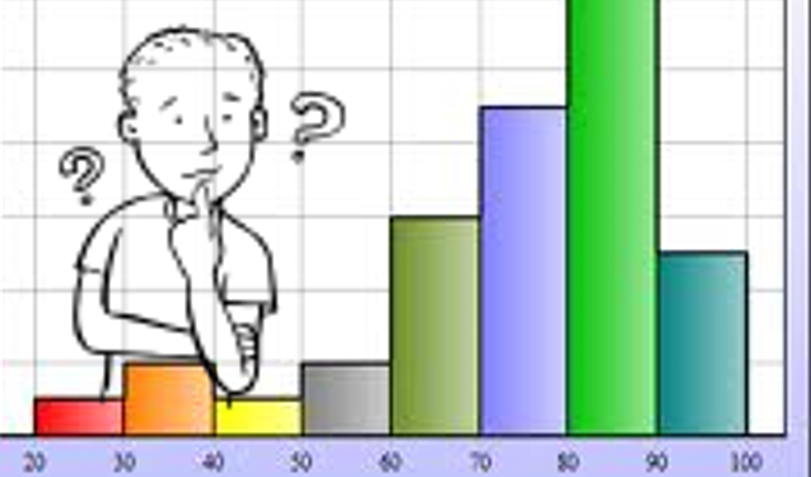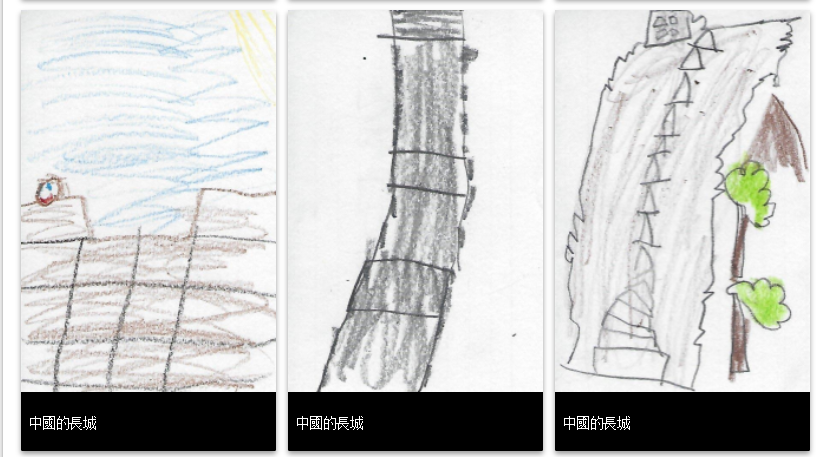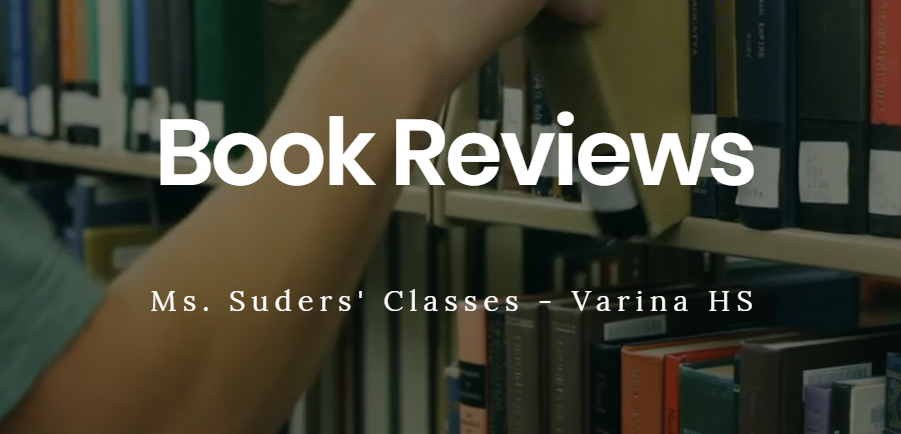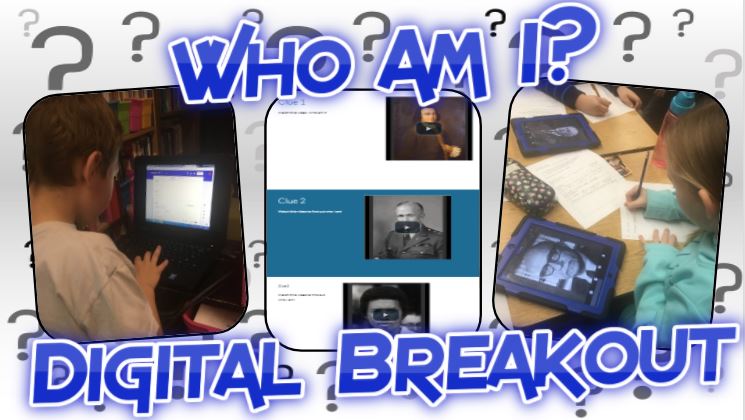Summary
First grade students imagined that they were Christopher Columbus. As an explorer, they needed a way to sail across the ocean to discover new lands. They were instructed to use limited resources to design, plan, and construct a ship. Then they would test their ships in an actual water race where they selected the type of force they would use to get the ship to move. At the start of the project, the students were told to find 1-2 partners. They did research in the library using books and websites to find out how ships are constructed and how they move as well as answering other questions they had. Next, they conducted an experiment on Sinking/Floating to see which materials would work best for constructing their ship. Once they had selected a design and their materials, they drew a labeled diagram using Pixie. Then they built their ship with the help of the art teacher. They tested their ships in the water table to see if they would float and if they could achieve straight motion with the type of force they had chosen. They made adjustments to their ships based on their reflections and comparisons with the other voyagers’ experiments. Finally, we had the Great Ship Race where students raced their ships in a gutter full of water. They documented the race with the iPad video cameras. They rated their own and each others’ ships using a rubric. They also shared their ships with other first grade classes.
TIPC Ratings
This project scores in the Ideal/Target range of Research & Information Fluency.
-Students created their own questions to assist with research.
-Students used a variety of resources: books, websites, etc.
-Students evaluated the resources based on appropriateness and quality to their project using a rubric.
-Students used various types of experts to expand their questioning and revise their projects.
-Students conducted experiments to test the designs of their ships and made adjustments accordingly.
This project scores in the Ideal/Target range of Communication & Collaboration.
-Students chose their own groups and assigned each other roles.
-iPad videos and interviews were used to get ideas from other groups.
-Students collaborated to research (using websites/videos), design (using Pixie), and construct their ships.
-Students’ reflections were communicated through Pixie, iPads, and rating themselves with rubrics.
-Students were able to use the media specialist and art teacher as expert sources.
-Videos and pictures of their projects were posted to the classroom blog and their diagrams were posted to Comemories.
This project scores in the Ideal/Target range of Critical Thinking/Problem Solving.
-Students conducted a floating/sinking experiment prior to construction to plan their design.
-Students regularly revised their ideas based on updated information.
-Students were presented with a real-life problem related to Social Studies and Science.
-Students were required to choose from a limited number of materials (or they could trade with each other).
-Students reflected on their experiences individually and with their partners using a rubric.
-The class reflected on the entire project and reviewed the answers to the questions posed.
This project scores in the Ideal/Target range of Creativity/Innovation.
-Students created their own boats using materials they chose and decided what type of force to use to make their ships move.
-Students were encouraged to take risks and try new things that would help their ship succeed in the race.
-Students were creative in managing their resources since they could only select 5 or they could trade with other students.
-Students evaluated the creative process afterwards using a rubric.
Download Files
- Lesson Plan (Word)
- Reflection Questions (PDF)
- Resource Evaluation Rubric (PDF)
- Supply List (PDF)
- Ship Race Evaluation Rubric (PDF)
- Copies of student boat diagrams

